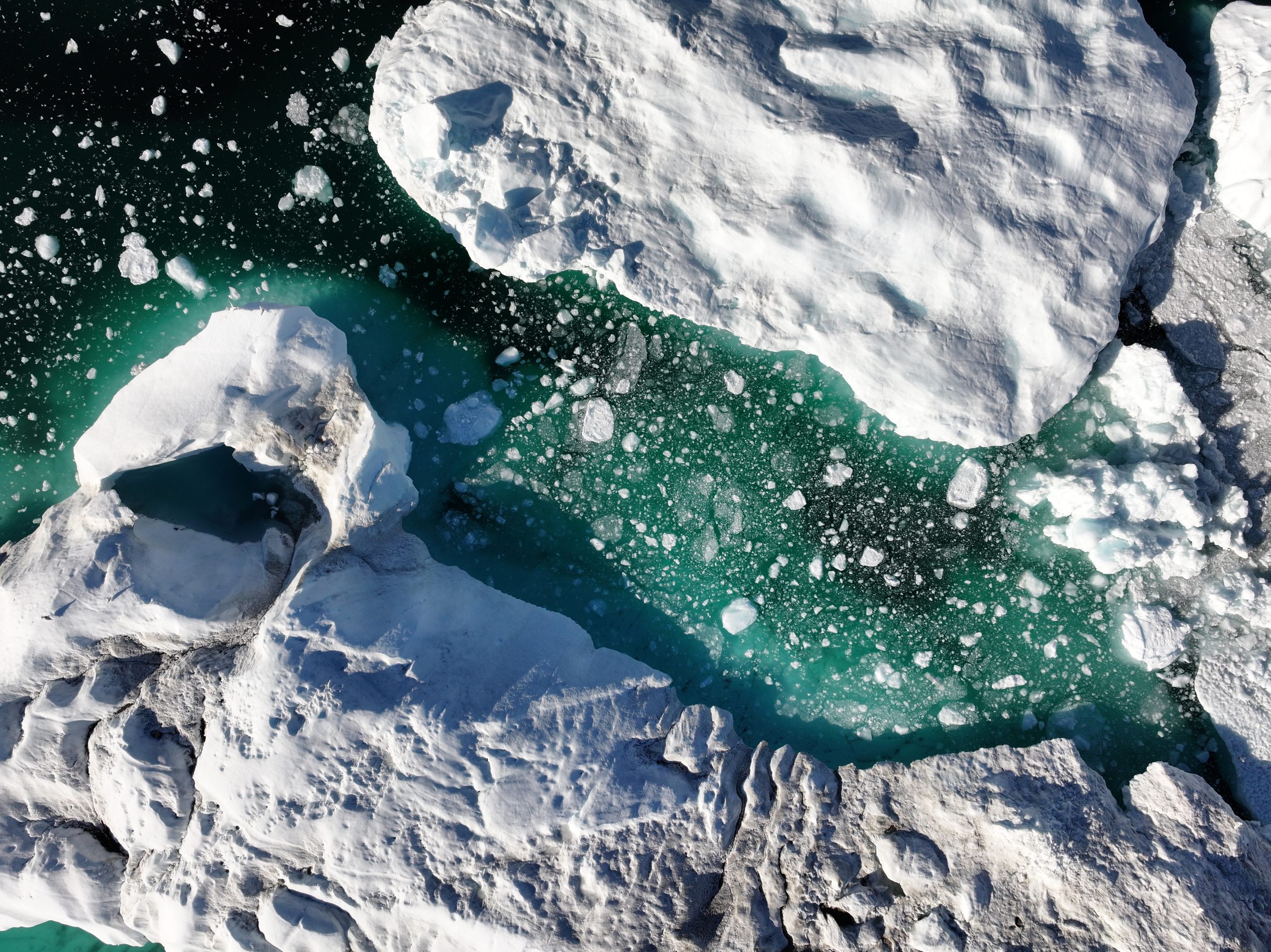Greenland’s Melting Ice: A Cold War Secret Reveals Climate Threat
The breathtaking beauty of Greenland’s ice sheet, a vast expanse of frozen water covering most of the island, belies a chilling truth: it’s melting at an alarming rate, and a Cold War relic is helping scientists understand why. Hidden beneath the ice, a forgotten secret from the late 1950s is providing crucial data on the accelerating impact of climate change. This secret is Camp Century, a US Army research base carved into the Greenland ice sheet, 800 miles from the North Pole. While seemingly a relic of a bygone era, its legacy continues to shape our understanding of the present climate crisis.
Camp Century: A Frozen Time Capsule
Camp Century, a marvel of Cold War engineering, boasted living quarters, scientific laboratories, and even functioning showers, all powered by a small nuclear reactor. This seemingly improbable settlement served as a crucial research hub, allowing scientists to study the ice sheet and its properties. A key element of their research involved drilling nearly a mile into the ice sheet, extracting long cylinders of ice known as ice cores. These ice cores are invaluable archives of Earth’s history, trapping within their frozen layers atmospheric gases, volcanic fallout, and other indicators of past climates. The ice extracted from Camp Century, meticulously analyzed over the decades, has provided crucial insights into the planet’s climate evolution.
Unveiling the Climate Threat: Data from the Depths
The data gleaned from Camp Century’s ice cores, combined with information from numerous other ice core samples across Greenland, paints a stark picture. The analysis reveals a dramatic acceleration in the melting rate of the Greenland ice sheet, directly linked to rising global temperatures. This melting contributes significantly to rising sea levels, posing a significant threat to coastal communities worldwide. The depth of the ice cores allows scientists to track changes in atmospheric composition over millennia, providing a long-term perspective on the current warming trend. This historical context underscores the unprecedented nature of the current warming trend, highlighting its human-induced origins.
The Future of Greenland’s Ice and the Global Implications
The implications of Greenland’s melting ice are far-reaching. Beyond the obvious threat of sea-level rise, changes in the ice sheet’s mass can disrupt ocean currents, potentially impacting global weather patterns. The research conducted at Camp Century, though initiated for Cold War purposes, has ironically become a crucial tool in understanding and addressing the modern climate crisis. The data it provides strengthens the scientific consensus regarding anthropogenic climate change and the urgency of mitigation efforts. Furthermore, the discovery of potential radioactive contamination at Camp Century serves as a stark reminder of the long-term environmental consequences of human activities, even those conducted decades ago. The ongoing analysis of Camp Century’s legacy, both scientific and environmental, will undoubtedly continue to shape our understanding of climate change and its impact on the planet.
Based on materials: Vox





